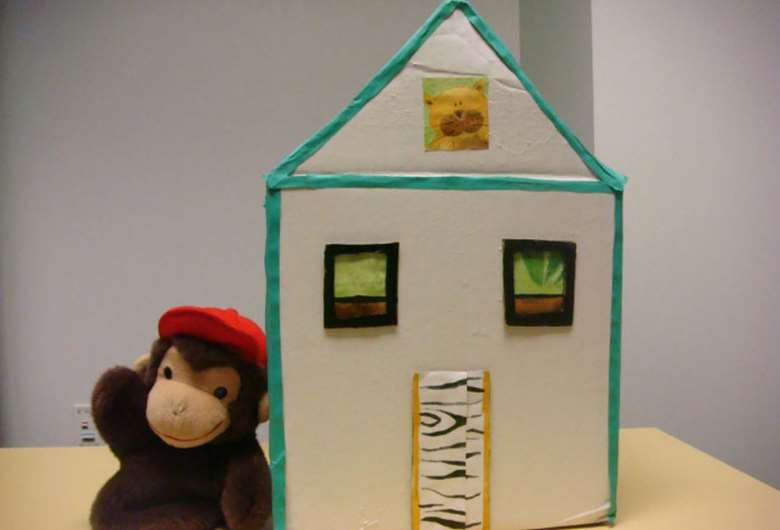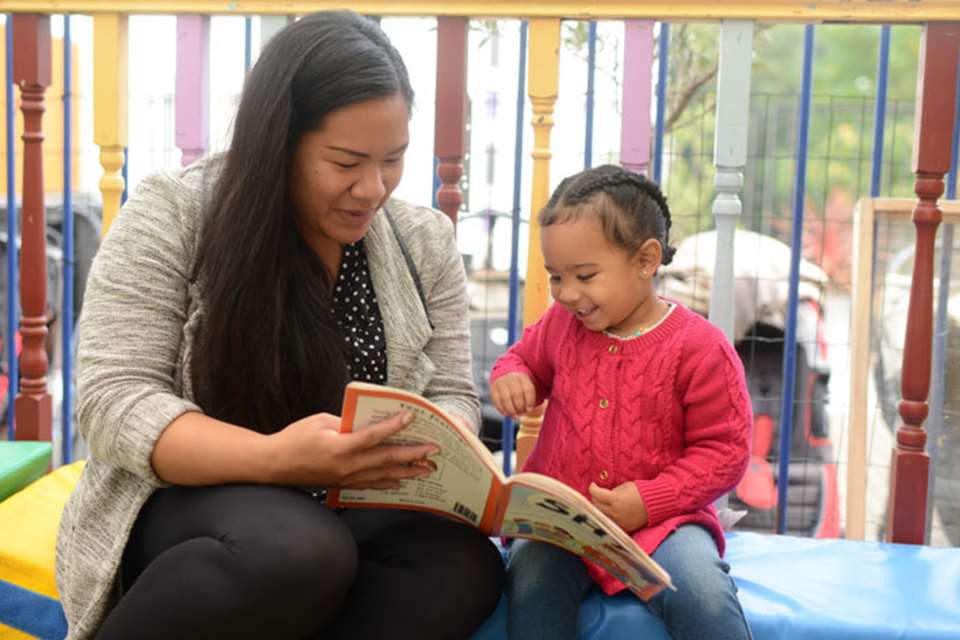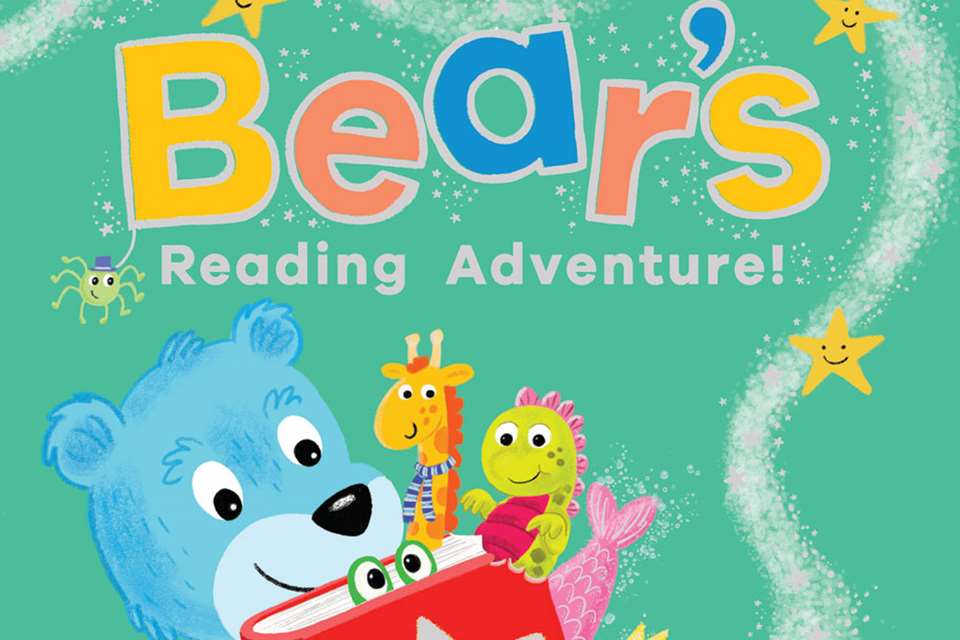Test flags reading-ready three-year-olds
Jo Parkes
Friday, January 15, 2016
Pre-school children’s readiness to read could be measured with a simple test, experts have suggested.

Even before they can read, children as young as three are beginning to understand how a written word is different from a simple drawing, the US study found.
The nuance could provide an important early indicator for children who may be slower to get the hang of reading, suggested the Washington University psychologists.
‘Our results show that children have some knowledge about the fundamental properties of writing from a surprisingly early age,’ said study co-author Professor Rebecca Treiman.
 Prof Treiman, based in the university’s Department of Psychological and Brain Sciences in Arts & Sciences, said, ‘Based on the results, it may be possible to determine at an early age which children are progressing well in the learning of emergent literacy skills and which children may need extra attention.’
Prof Treiman, based in the university’s Department of Psychological and Brain Sciences in Arts & Sciences, said, ‘Based on the results, it may be possible to determine at an early age which children are progressing well in the learning of emergent literacy skills and which children may need extra attention.’
The psychologist said more research is needed to find the best way for teachers or nursery workers to measure the skill and to ‘check whether less formal measures agree with the kinds of measures that we used in our study’.
The study, published earlier this month in the journal Child Development, is based on two experiments with 114 children aged three to five. None had received any formal instruction in reading or writing.
The children were tested to see how well they understood that a written word, such as ‘dog’, stands for something specific, compared to a simple drawing of a dog, which could be correctly called a dog, a puppy or ‘Spot’ the pet.
Researchers used a puppet game involving a cardboard house from which the toy emerges to test children’s understanding of different labels and how they respond to pictures and the written word.
In one test, researchers showed the children a picture of a dog and pronounced a label. Later, when a puppet used a different word the children had to decide if the two matched.
When shown a written word in a similar way, and the puppet said ‘puppy’ instead of ‘dog’, many children picked up on the mistake.
While a written word should be read the same way each time, drawings can have different descriptions, the experts explain.
Prof Treiman suggested outside the research setting, teachers should be able to get an idea of ability by seeing if children, when told what a word says, can remember that and report it back exactly when shown it again.
The American added, ‘If a child said back a different word, like “kitty” after being told that a word said “cat”, that would suggest that the child may not yet understand the important concept that a word should be read in only one way.’
While dozens of research studies have shown that reading to young children helps them build a stronger cognitive foundation for later reading and writing, Prof Treiman’s study is one of the first to offer a simple method for benchmarking how well children are progressing in their understanding of basic concepts about how writing works as a symbol.
Parents often speak differently about pictures than they do about letters and words, helping develop the connection, claimed the researchers.
Prof Treiman said more research was needed on the best ways to teach children these concepts.
But she said other research suggests ‘pointing at words’ while reading to them in books or out and about, boosts attention. In addition, when writing, parents could stress that a word is always read and written the same way. ‘When there are no pictures to draw children’s attention away from the words, they may pay more attention to the words themselves’, she said.
Study co-author Lori Markson, associate professor in Dr Treiman’s department, said, ‘Our finding that preschool-age children who cannot yet read have some understanding that written words represent specific words in a way that drawings do not, indicates that young children’s knowledge about the inner structure of writing — how it functions as a symbol — is more sophisticated than previously thought.’
While a written word should be read the same way each time, drawings can have different descriptions, the experts explain.
Prof Treiman suggested outside the research setting, teachers should be able to get an idea of ability by seeing if children, when told what a word says, can remember that and report it back exactly when shown it again.
The researcher added, ‘If a child said back a different word, like “kitty” after being told that a word said “cat”, that would suggest that the child may not yet understand the important concept that a word should be read in only one way.’
While dozens of research studies have shown that reading to young children helps them build a stronger cognitive foundation for later reading and writing, Prof Treiman’s study is one of the first to offer a simple method for benchmarking how well children are progressing in their understanding of basic concepts about how writing works as a symbol.
Parents often speak differently about pictures than they do about letters and words, helping develop the connection, claimed the researchers.
Prof Treiman said more research was needed on the best ways to teach children these concepts.
But she said other research suggests ‘pointing at words’ while reading to them in books or out and about, boosts attention. In addition, when writing, parents could stress that a word is always read and written the same way. ‘When there are no pictures to draw children’s attention away from the words, they may pay more attention to the words themselves’, she said.
Study co-author Lori Markson, associate professor in Dr Treiman’s department, said, ‘Our finding that preschool-age children who cannot yet read have some understanding that written words represent specific words in a way that drawings do not, indicates that young children’s knowledge about the inner structure of writing — how it functions as a symbol — is more sophisticated than previously thought.’
PHOTOS: Courtesy of WUSTL / Rebecca Treiman







